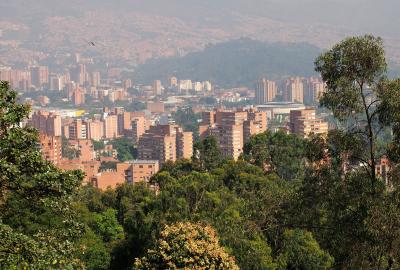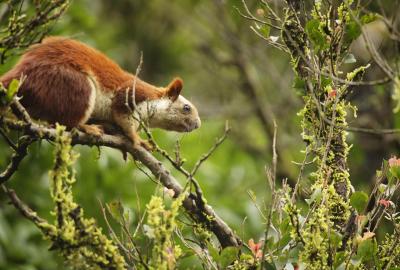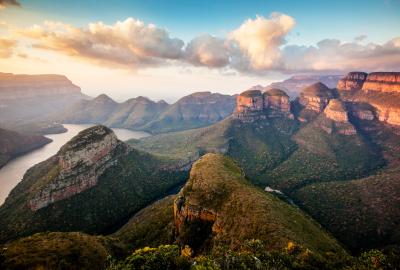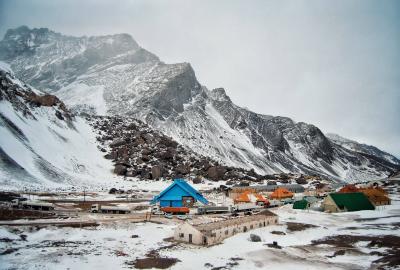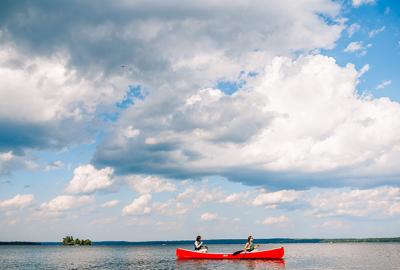The Nature for Water Facility works together with local champions to develop best-in-class watershed investment programs that deliver outcomes for people and nature.
United States
Allegheny
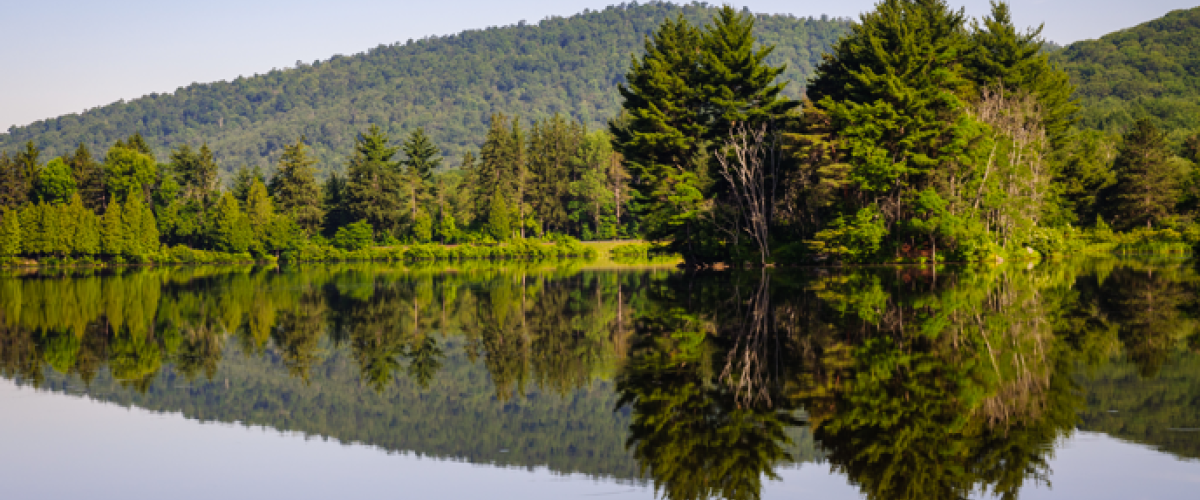
Shutterstock
Allegheny
New York and Pennsylvania, USA, United States
Phase: Pre-feasibility
Nature-based Solutions: To be determined
Water Security Challenge: Nutrients & pollutants, Sedimentation, Invasive Species, Habitat fragmentation and biodiversity loss
A group of 19+ federal, tribal, state and local agencies have newly launched the SAMS (Shared Aquatic Management Strategy) to promote conservation, restoration, and habitat improvement activities in the middle and upper Allegheny River and Reservoir through collaboration and partnerships for the benefit of aquatic resources. In the past, this group has brought ~$15.9m in funding and completed 250+ watershed restoration projects. The basin features important assets and lands such as the Kinzua Dam, Allegheny Reservoir, Allegany Indian Reservation of the Seneca Nation and Allegheny National Forest. The basin faces several issues involving water quality and ecosystem degradation which affects the health of the river, communities that depend on it and biodiversity. The SAMS Consortium is in the initial stages of building a program to enable a coordinated approach towards and continuity of conservation in the region. The N4W facility can support the SAMS consortium develop an initial program hypothesis, including articulating problems & solutions to focus on, and provide recommendations on potential structures.
Ghana
Black Volta
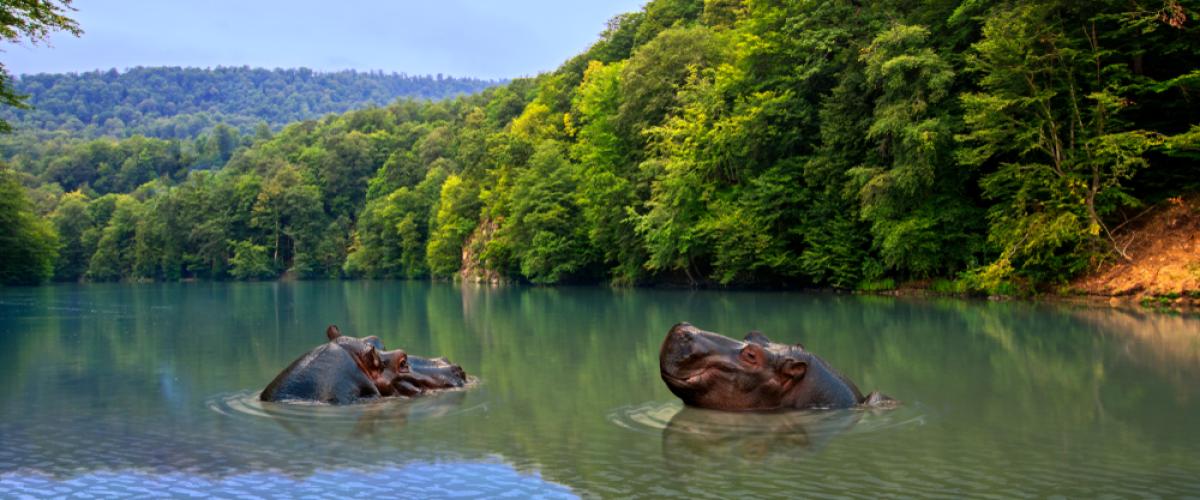
Artem Avetisyan. Shutterstock
Black Volta
Black Volta, Ghana
Phase: Feasibility
Nature-based Solutions: Riparian Restoration and Protection
Water Security Challenge: Water Quality
The forthcoming Watershed Investment Program aims to implement NbS (such as riparian restoration and protection, Agricultural Best Management Practices, check dams, water ponds etc.) to reduce soil erosion and the amount of sediments entering the Black Volta, which are the main drivers of water quality deterioration in the basin. The scope of the study is looking mainly at sediment pollution in the basin and its impact on the Utilities abstraction points and the downstream hydroelectricity reservoir. This engagement aims to support WRC’s long-term planning efforts for Integrated Water Resource Management (IWRM) in the basin through technical assistance on NbS-interventions and support in establishing sustainable funding and governance mechanisms. The final deliverable will entail the cost-benefit balance of different implementation scenarios, to highlight the business case (value) and necessity of a WIP in the Black Volta, to propel collective action.
Malawi
Blantyre Water Fund
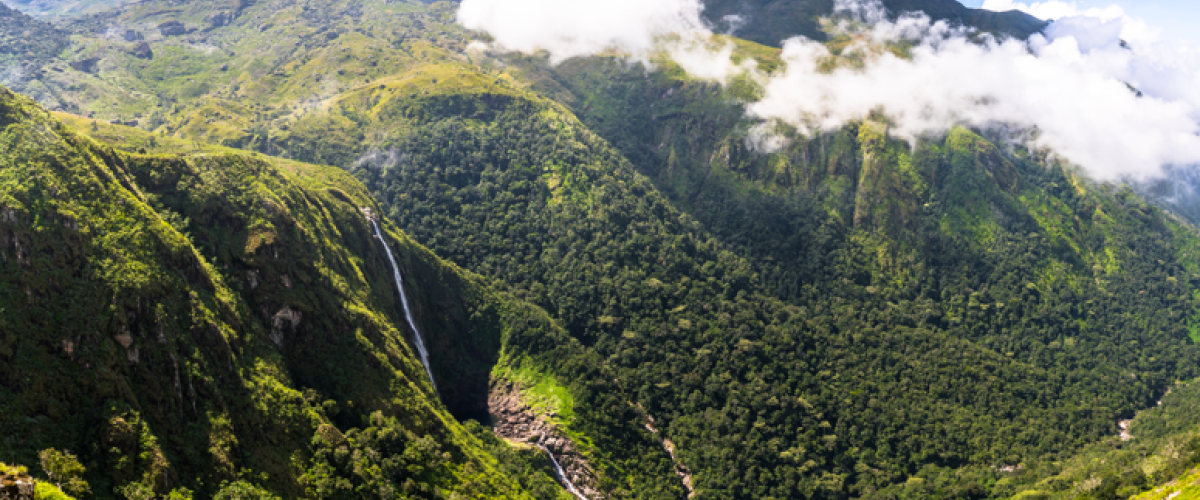
Shutterstock
Blantyre Water Fund
Mudi-Ndirande Sub-catchment, Blantyre, Malawi. Likhubula Sub-catchment, Mulanje, Malawi, Malawi
Phase: Feasibility
Nature-based Solutions: Active Restoration, Agricultural BMPs, Fire Management, Forestry BMPs, Landscape Protection, Invasive Species Removal, Riparian Restoration
Water Security Challenge: Dry season flows, Erosion & sediments
The Mudi-Ndirande sub-catchment in Blantyre and the Likhubula sub-catchment in Mulanje are two strategic water source areas contributing cumulatively, up to 25% of Blantyre’s water supply. Both catchments are subject to ongoing degradation, threatening water resources, community livelihoods and, in Likhubula specifically, biodiversity and species endemicity. Water for People (WFP), with indirect support from Blantyre Water Board (BWB) and Mulanje Mountain Conservation Trust (MMCT) is working to understand how Nature-based Solutions (NbS) can contribute to long-term water security while maximising benefits and outcomes for society at large, local communities, the national and local economy and the environment.
PA/DE
Brandywine Christina
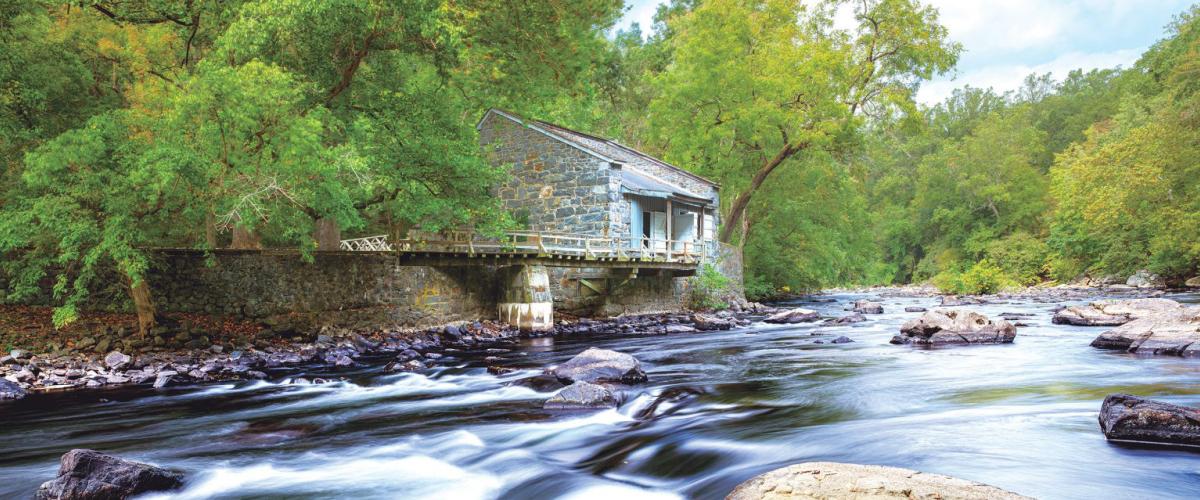
The Hunt Magazine
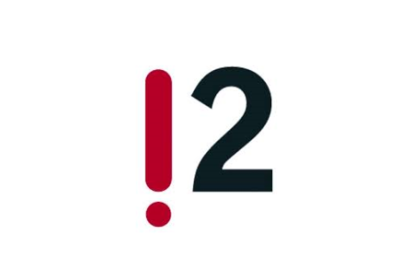
Brandywine Christina
Christina Basin, PA/DE
Phase: Design
Nature-based Solutions: Agricultural BMPs
Water Security Challenge: Water Quality
Since 2015, The Nature Conservancy has worked with the University of Delaware's Water Resources Center, i2 Capital and local conservation partners aligned under the Delaware River Watershed Initiative to develop and empower the Brandywine-Christina Revolving Water Fund (RWF). The RWF has piloted its novel solution with a cohort of municipalities in Pennsylvania and Delaware.
With support from the William Penn Foundation, The Nature for Water team and i2 Capital partnered to position the RWF for its next phase of growth. Work included: (a) an analysis of priority NbS solutions for the region (including a full lifecycle benefits and costing analysis); (b) a GIS and hydrological prioritization mapping of approximately 4,000 potential NbS implementations across the Watershed with their costs and benefits; (c) an analysis of key demanders of NbS and their possible contribution towards state water quality objectives; and (d) a funding evaluation and summary of strategic priorities and next steps for the RWF.
The William Penn Foundation's Watershed Protection Program works towards a healthy Delaware River Basin. The program has funded the regional Delaware River Watershed Initiative for eight years, and has awarded nearly $150 million total to the Initiative. Learn more at www.4states1source.org .
United States
Colorado Delta Permanence
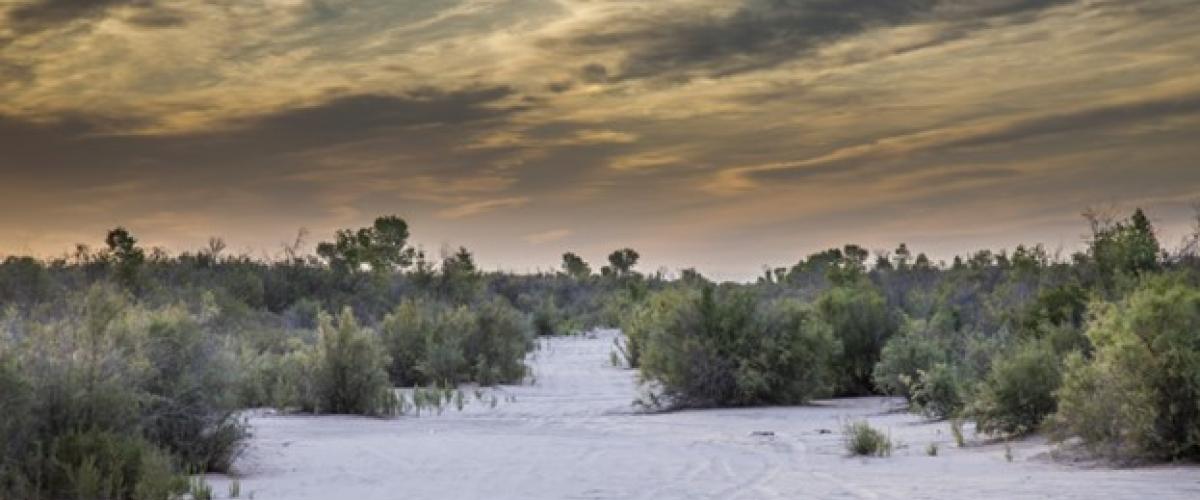
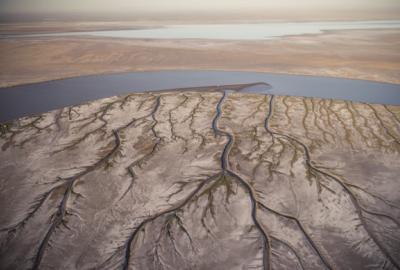
Colorado Delta Permanence
Baja California and Sonora, United States
Phase: Feasibility
Nature-based Solutions: Riparian restoration and pulse flows
Water Security Challenge: Climate change and overallocation of water
The Colorado River used to flow uninterrupted from the Rocky Mountains to the Gulf of California. However, over the last 40 years, water has been diverted towards agriculture and cities, leaving the river’s delta dry. This has resulted in loss of biodiversity, loss of subsistence and economic fishing opportunities and a more intangible cultural loss for those living in nearby villages.
The program’s interventions which consist of water pulse flows and restoration activities would allow water to flow through the Delta and to the sea. Past trials of these interventions have shown that the Delta springs back to life in these conditions, bringing wildlife and nearby communities back to the area and providing a source of water for them all. This project will support our partner raise funding through a Project Finance for Permanence (PFP) which if successful will ensure permanent conservation of the Delta. N4W will help the TNC Colorado River Program develop a consolidated program package for Colorado River Delta restoration. The program package and related materials will be designed to secure funds to finance the restoration of the Delta permanently through the TNC PFP team.
Key features of the program package for a PFP include:
- Evaluating the costs and benefits of restoring the Delta
- Proposing an appropriate governance arrangement to support the program
- Outlining financial commitments from other donors including federal donors
Colombia
Cuenca Verde Water Fund
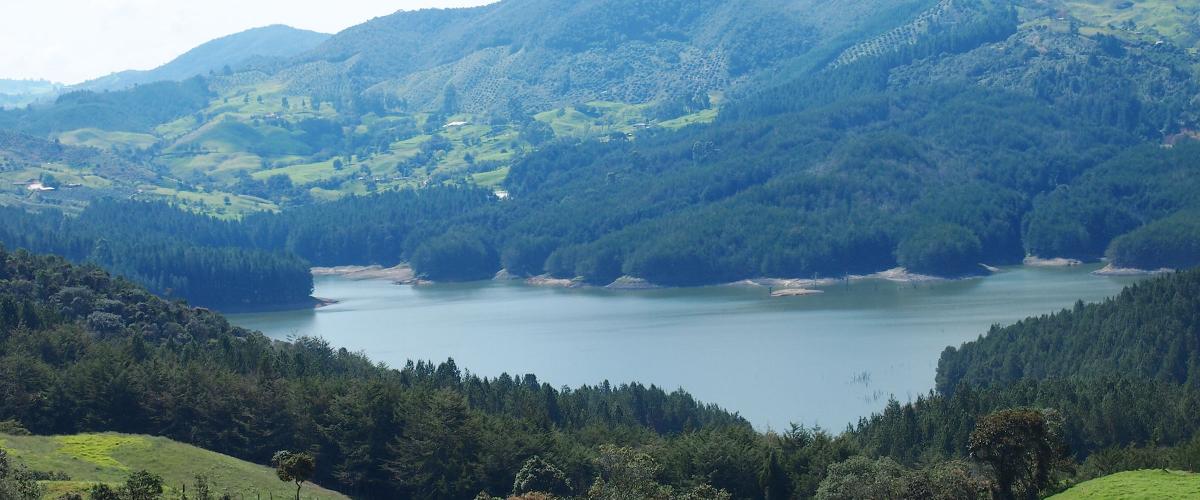
© Ana Guzman
Cuenca Verde Water Fund
Medellin, Colombia
Phase: Execution
Nature-based Solutions: Agricultural BMPs
Water Security Challenge: Water Quality
Cuenca Verde is a well-established Water Fund operating in and around the Aburrá Valley, where the Colombian city of Medellín is located. Measured data have shown that Cuenca Verde is having positive a environmental impact, but its Technical Committee (which includes major local stakeholders, funders and researchers) wants to take this further and formalise the Fund's strategy in a forward-looking manner to amplify its positive impact.
The Nature for Water team is working with Cuenca Verde and its Technical Committee to: (a) develop a bespoke, modular hydrological model which accounts for various watershed characteristics specific to the region; (b) through the model, leverage data from the Water Fund and others to develop an NbS optimization strategy and identify specific priority sites for future implementations; and (c) develop and roll-out a decision support system (web-based tool) for use on an ongoing basis to better equip the Water Fund in its strategic planning.
Ecuador
FONAG Water Fund
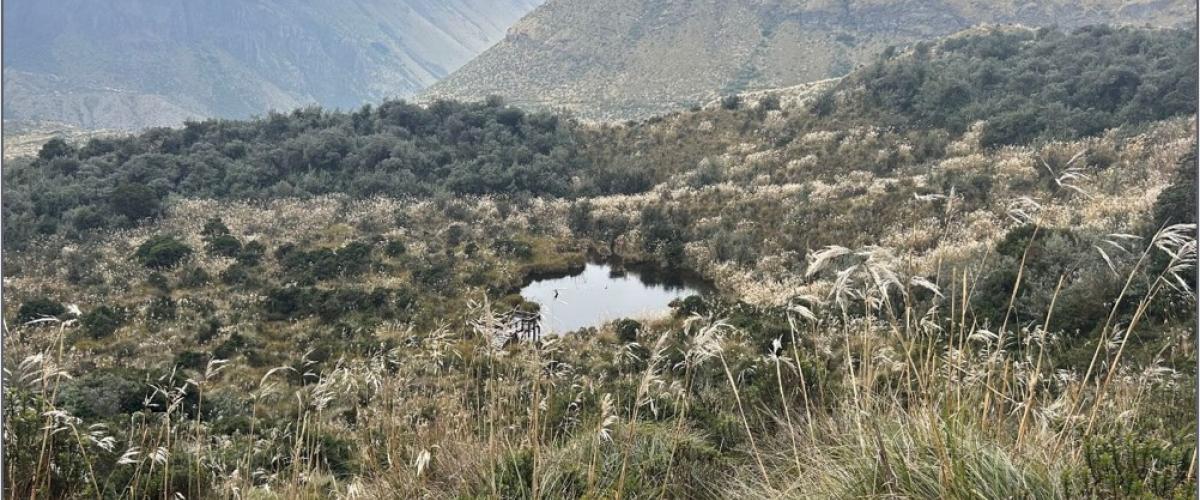
Photo credits: Amber Waltz
FONAG Water Fund
Quito, Ecuador, Ecuador
Phase: Feasibility
Water Security Challenge: Water Quantity
El Fondo para la Protección del Agua - FONAG was established in 2000 as a commercial trust that brings together the efforts of public and private actors to conserve and recover the water sources of the Metropolitan District of Quito. To achieve its objective, FONAG applies multiple strategies with a solid scientific basis, strategic alliances and field activities to ensure that the interventions have the greatest impact and the best cost-benefit. One of FONAG's strategies is to restore vegetation cover and soils in areas of water interest, which seeks to restore degraded ecosystems with a focus on the recovery of their ecological function. Within this framework, FONAG has identified the need to recover areas of exotic forests, through their conversion to native vegetation, for which it is necessary to generate proven methodologies for their application and replication, as well as a cost-benefit analysis.
Website: FONAG
Ecuador
FONAPA Water Fund
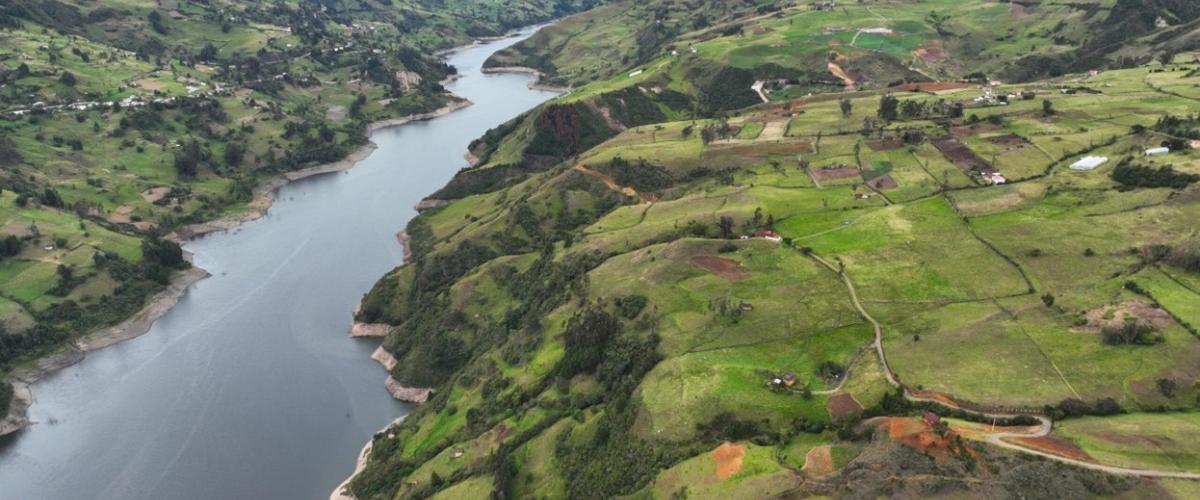
Paute Municipality
FONAPA Water Fund
Cuenca, Ecuador
Phase: Feasibility
Water Security Challenge: Water Quantity
FONAPA, was created in 2008 as a trust. Their mission is to contribute to the conservation, protection, preservation and recovery of the water resources and ecological environment present in the Paute river basin; through the investment of the income generated by the autonomous assets of the Trust and external contributions in projects and programmes aimed at this purpose. In this context, FONAPA requested support from N4W to: Establish a portfolio of NbS to improve water security and mitigate the impacts of climate change in the Paute Basin and develop a business case to assess the costs and benefits associated with these initiatives.
Ethopia
Gefersa Dam, Addis Ababa
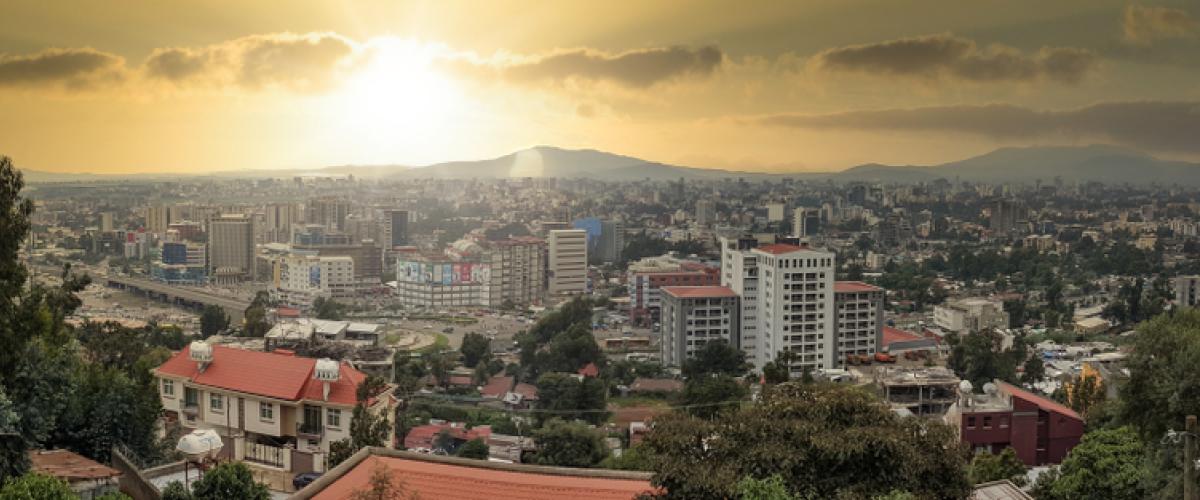
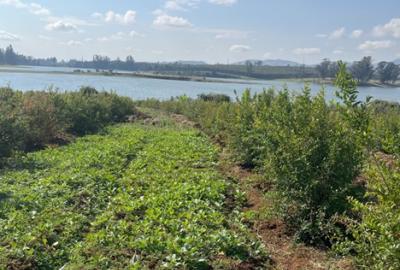
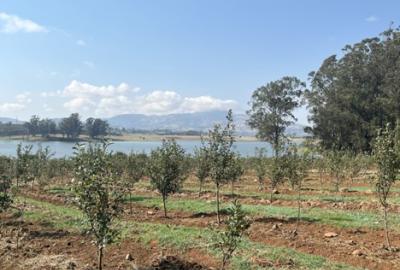
Gefersa Dam, Addis Ababa
Addis Ababa, Ethopia
Phase: Feasibility
Nature-based Solutions: Under consideration - Buffer strips/vegetative filter/Riparian vegetation buffer; Agroforestry systems; Strip cropping and contour farming; Terraces and stone/soil bunds; Construction of ponds, and Check dams
Water Security Challenge: Water Quantity
Addis Ababa, one of the fastest growing cities in Africa, has a chronic water issue: the city currently faces a deficit in potable water supply of almost 50%, which is likely to increase as population growth expands and the region experiences the adverse effects of climate change. Given the dire circumstances, significant planning action is underway in Addis to improve access to water availability and quality. With this in mind, Nature for Water, the Addis Ababa Water and Sewage Authority (AAWSA), the World Resource Institute (WRI) and the Stockholm International Water Institute (SIWI) – are working closely to understand whether there is space in the city for a Watershed Investment Program (WIP), with the goal of driving collective action to improve the water context in the city, and the role that Nature-Based Solutions (NbS) can have in this space. In this context, the Gefersa Dam was selected as a phase I location to understand the potential for NbS and WIPs in the specific dam, and assessing the potential to scale up activities across the Akaki Basin.
India
Ghod River Water Fund
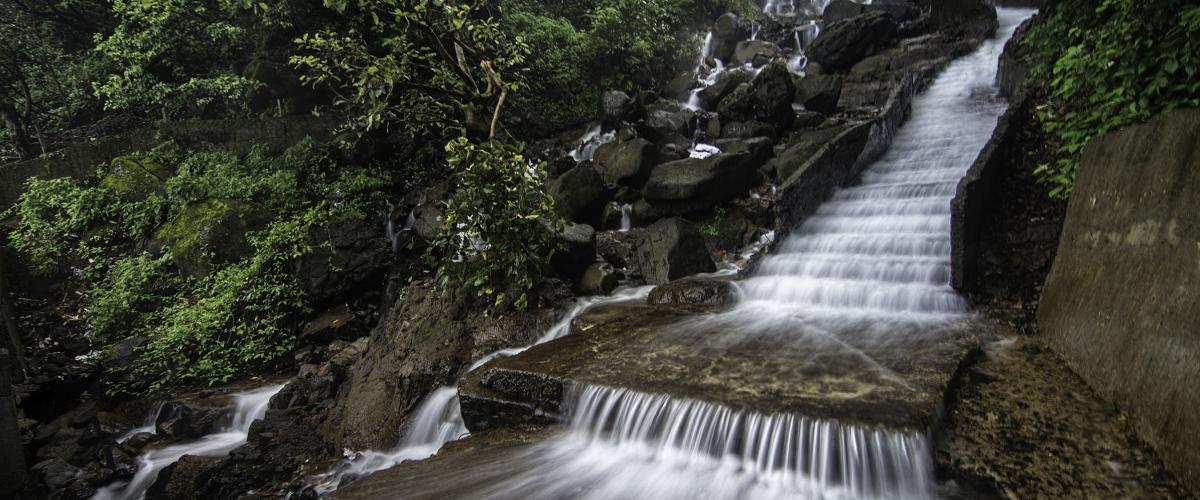
© iStock, Amit Rane
Ghod River Water Fund
Pune, India
Phase: Feasibility
India is emerging as an economic superpower – the UN estimates that half of India 2030 has yet to be built, and within the next 10 years, growing water consumption will more than double the available supply.
The Ghod River supplies water to more than 4.5 million people and 200 industries. It originates in the Bhimashankar Wildlife Sanctuary – home to incredible biodiversity – where it supports vulnerable tribal communities who rely on the headwaters for subsistence and sacred sites. The Ghod also feeds Maharashtra’s arid farming regions before joining the Bhima River near the city of Pune where a growing urban population requires clean and reliable water for its businesses, families, and schools. Rapid development, deforestation, and climate change has impacted the region’s water security, spurring environmental, economic, health and social ramifications.
Nature for Water will conduct a Feasibility analysis to determine an investible portfolio of interventions that could measurably improve the region’s water security.
United States
Great Salt Lake Watershed Enhancement Trust


Great Salt Lake Watershed Enhancement Trust
Salt Lake City, United States
Phase: Design
Nature-based Solutions: Wetland restoration and protection, water transactions
Water Security Challenge: Water availability
Great Salt Lake and its associated wetlands comprise the largest saline lake in the Western Hemisphere spanning 1,700 square miles, or over three times the area of Canyonlands National Park. This globally important ecosystem serves as vital natural water infrastructure for communities and wildlife, provides food and habitat for more than 10 million waterbirds; supports 7,700 local jobs and nearly $1.9 billion in annual economic, and is a source of identity and heritage for the lake’s nearby communities.
Great Salt Lake has experienced a consistent decline in water levels for more than 150 years due to human activities and drought: a crisis exacerbated by climate change. N4W supported TNC in Utah and the National Audubon Society develop the strategic plan and financial model that would inform the first three to five years of operation of the newly established Great Salt Lake Watershed Enhancement Trust (GSLWET).
South Africa
Greater Cape Town Water Fund
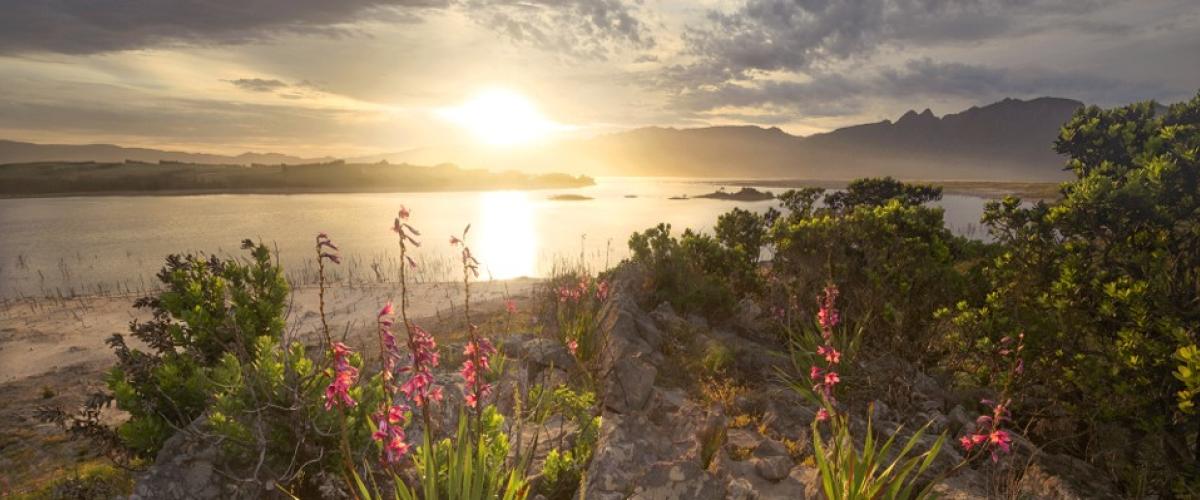
Greater Cape Town Water Fund
Western Cape, South Africa
Phase: Execution
Nature-based Solutions: Invasive Species Removal
Water Security Challenge: Dry Season Flows, Groundwater Recharge
The earliest phase of Greater Cape Town Water Fund is establishing the future entity that will serve as the Fund’s long-term sustainable organization. This phase will set up the long-term governance structure and legally establish the NPC for the Fund. The N4W work will also set up the entity’s operating procedures, support resource mobilization of the entity, and build capacity for the staff and governance structure to be appointed.
South Africa
Kruger to Canyons Biosphere Region
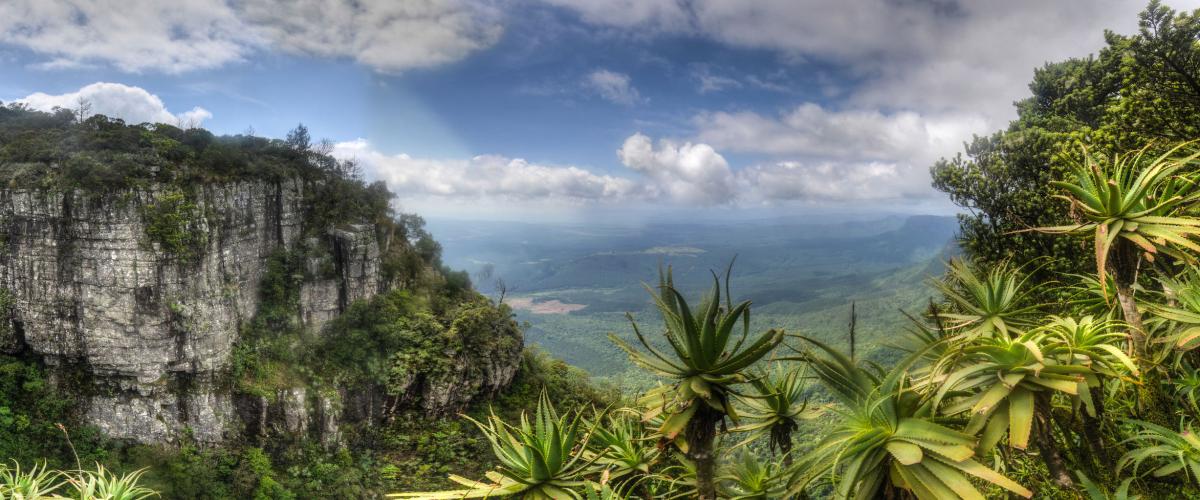
© iStock
Kruger to Canyons Biosphere Region
Kruger to Canyons Biosphere, South Africa
Phase: Feasibility
Nature-based Solutions: Agricultural BMPs
Water Security Challenge: Water Quality
The K2C Biosphere Region hosts globally critical biodiversity alongside two of South Africa's strategic water source areas. Nature for Water will be investigating the feasibility of establishing a Catchment Investment Programme (CIP) to ensure investment in, and coherent governance of, NbS to ensure water security and protect and enhance biodiversity. The feasibility study will focus on three demonstration catchments: The Blyde, Klaserie and Sand River catchments. The feasibility study will undertake the detailed stakeholder, scientific, and ROI analyses necessary to move toward the design of the CIP, as well as produce an implementation strategy for the priority NbS, alongside a SWOT analysis to guide the subsequent phases of CIP development. Lastly, this engagement will produce an overall Business Case targeted at funders and long-term partners/contributors to the CIP.
USA
Lancaster Clean Water Partners
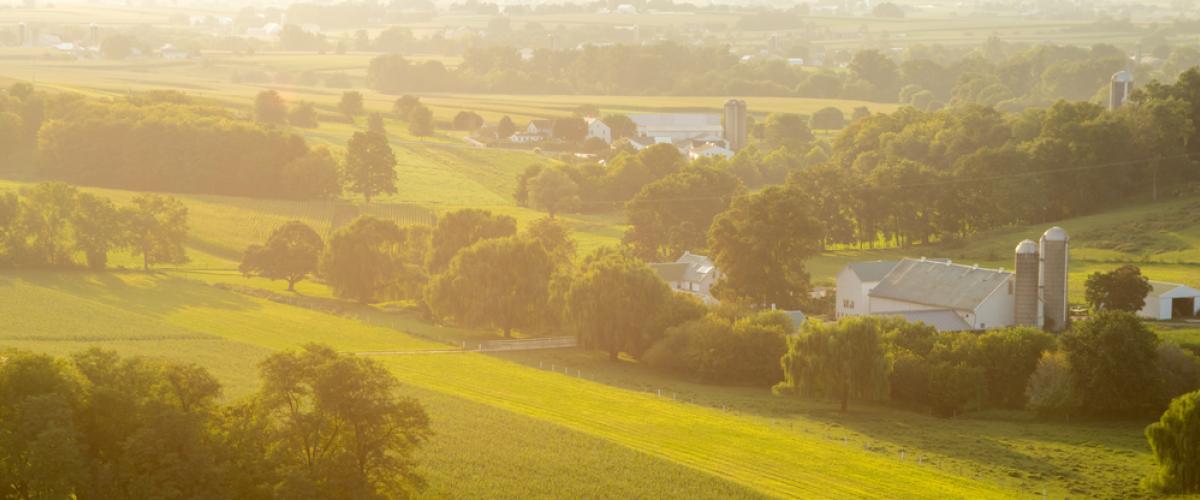
A farm in Lancaster County.
Lancaster Clean Water Partners
Lancaster County, Pennsylvania, USA
Phase: Agricultural BMPs
Nature-based Solutions: water
Water Security Challenge: Water Quality
LCWP is a coalition organization that aims to bring together a diverse group of partner organization-local leader in business, municipal, public service, higher education, conservation planning, non-profit management-with a shares vision of clean and clear water in Lancaster County by 2040. Lancaster County is responsible for a significant proportion of the pollution running from Pennsylvania into the Chesapeake Bay, the largest estuary habitat in the United States. Over 700 miles of streams in Lancaster County are not achieving regulated water quality objectives- Lancaster County has been tasked with achieving over 20% of Pennsylvania's entire nitrogen and phosphorous reduction. N4W is working with LCWP and CIF to assess the feasibility of the LCRWF, and conduct market sizing and funder analysis to identify specific NbS sites and determine the scale of the opportunity in dollar and water-quality terms. N4W is also advancing initial feasibility and design considerations for the LCRWF.
Lesotho
Lesotho ROLL
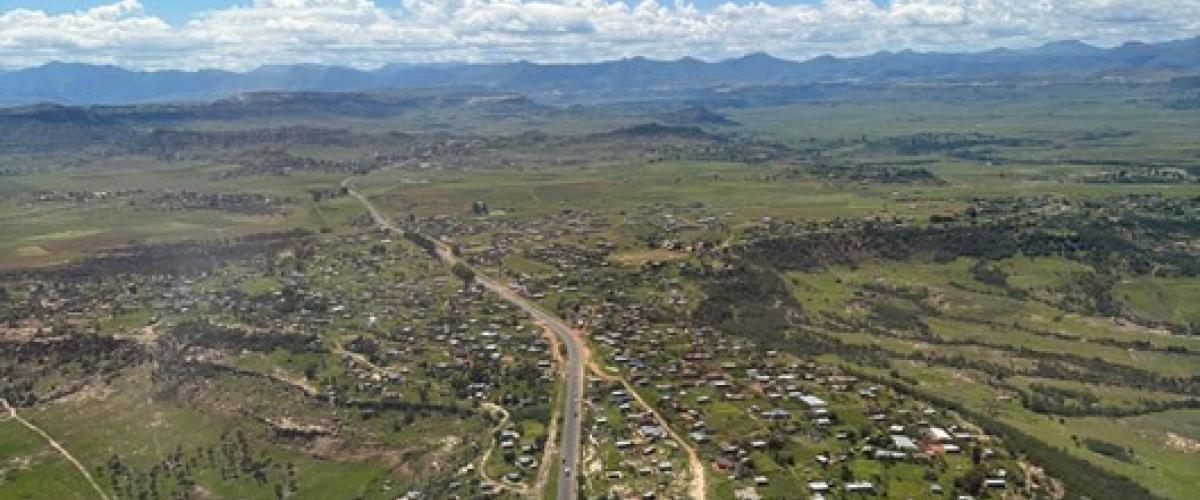
Lesotho ROLL
Lesotho, Lesotho
Phase: Feasibility and Design
Nature-based Solutions: Active Restoration, Agricultural BMPs, Fire Management, Landscape Protection, Invasive Species Removal, Passive Restoration, Riparian Restoration
Water Security Challenge: Erosion and Sediment
The engagement is with the Lesotho Regeneration of Livelihoods and Landscapes (ROLL) Project, which is a long-term programme implemented by the Ministry of Environment and Forestry of the Government of Lesotho. The programme’s mission is to enhance the ability of landscapes to support livelihood activities in Lesotho. N4W are providing multi-faceted technical assistance to the ROLL, in collaboration with the Project Management Unit. This includes the design of the Regeneration Opportunities Fund (ROF) whose main objective is to catalyze investments into the regeneration of landscapes across selected sub-catchments of Lesotho, and the undertaking of a feasibility study for NbS for the purposes of water security and landscape restoration for livelihoods improvement, aligning with the purposes of the ROLL Project. Lastly, the project includes a Carbon Revenue workstream, for which an investigation into the carbon potential is being undertaken.
Zambia
Lower Kafue
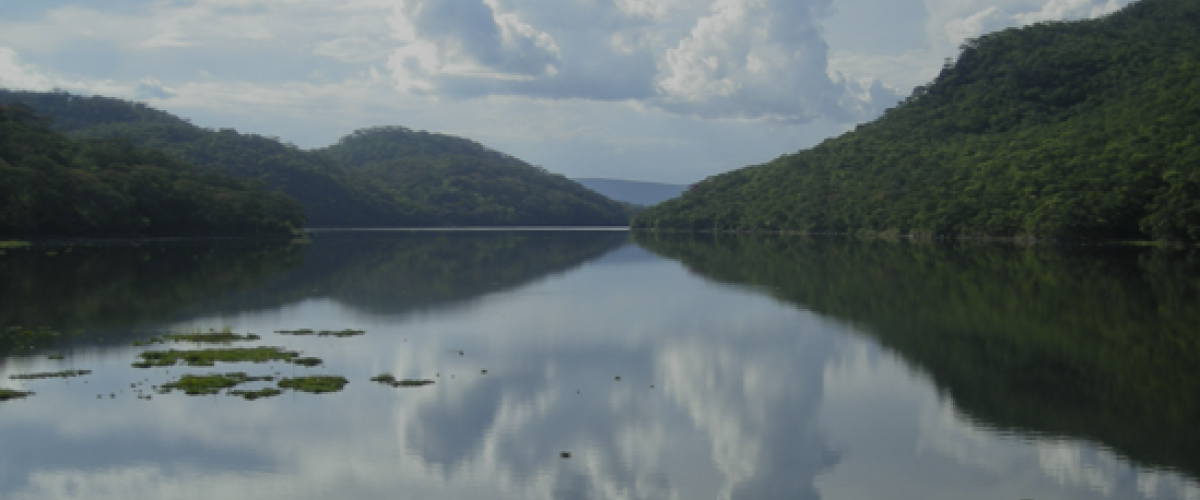
Paul McCarthy
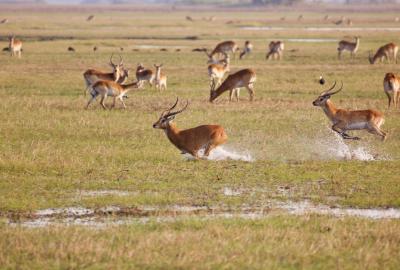
Lower Kafue
Kafue, Zambia
Phase: Feasibility
Nature-based Solutions: Grazing Best Management Practices, Wetland restoration, Agricultural BMPs and Forestry Restoration
Water Security Challenge: Water Quantity
The Kafue River Basin provides >50% of Lusaka’s water demand as well as more than half of the country's electricity via hydropower, with the lower Kafue Sub-catchment supporting the livelihoods of >1 million people. Rapid deforestation, extensive agriculture, and climate change, threaten the ecological functioning and provision of ecosystem services provided by the Lower Kafue Sub-catchment.
N4W working with the Water Resources Management Authority (WARMA) in Zambia alongside GIZ to conduct a Feasibility Study to determine the impact and return on investment of priority NbS interventions, ultimately guiding the scale, and location, at which such interventions will have the biggest impact on water security, and identifying potential long-term funding streams, culminating in a Business Case.
United States
Milwaukee Metropolitan Sewerage District
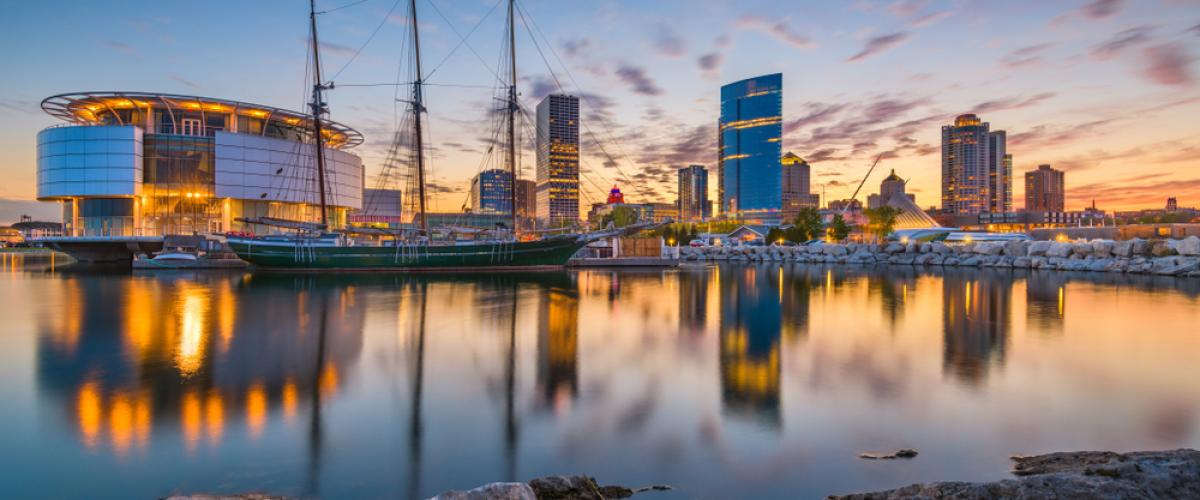
Milwaukee Metropolitan Sewerage District
Milwaukee, United States
Phase: Design
Nature-based Solutions: Reforestation, Wetland Restoration
Water Security Challenge: Flood Risk, Water Quality
Nature for Water (N4W) is supporting the Milwaukee Metropolitan Sewerage District (MMSD) to identify priority projects for its Reforestation and Wetland Restoration (RWR) Program, an effort to reduce downstream flood potential by restoring or enhancing wetlands and forests. N4W has developed a Project Visualization Dashboard that interactively shows estimates of program and project impacts, a Business Case that articulates program messaging and supports fundraising, and a Strategic Plan that articulates the Program’s short- to middle-term activities. These deliverables will assist the MMSD team in identifying and selecting high-impact projects and driving the program to success.
Australia
Moorabool River Catchment

Tim Marsden
Moorabool River Catchment
Geelong, Victoria, Australia
Phase: Feasibility
Nature-based Solutions: Agricultural BMPs
Water Security Challenge: Water Quality
Barwon Water (BW), the Corangamite Catchment Management Authority (CCMA), and the Wadawurrung Traditional Owners Aboriginal Corporation (WTO) are eager to embark upon a long-term catchment investment plan for the Moorabool river. The three parties hope to collaborate to protect and restore nature and improve agricultural practices to improve the health of the watershed, and progress from a project-by-project approach to a more holistic and strategic program across the entire catchment in which scientific and economic analysis have helped identify priority activities and motivate co-funding. The Water Services Association of Australia and many of its Water Utility members see this approach as providing a case study for further replication across the country.
The project aims to support a long-term strategic NbS vision for the catchment, aggregating many project types and building from a credible baseline assessment of natural capital. It includes economic and financial modelling to prioritise activities, understand costs and benefits, and make the case for funding from key stakeholders. It also seeks to address challenges in program delivery and explore sustainable financing options.
Uganda
Mpanga
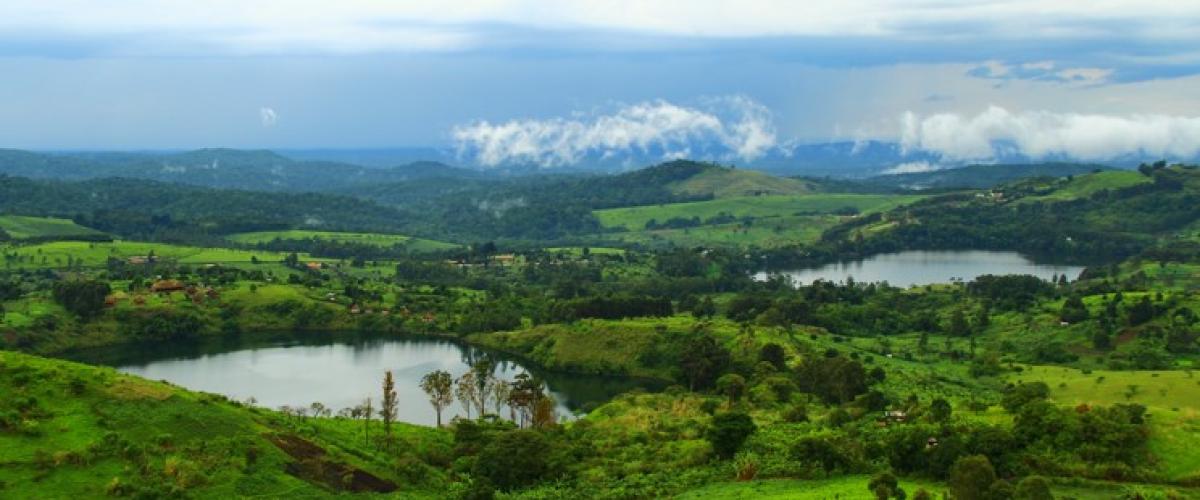
Gilad Rosenburg
Mpanga
Mpanga, Uganda
Phase: Pre-feasibility
Nature-based Solutions: Forestry and agricultural BMPs, Riparian and wetland restoration
Water Security Challenge: Dry season flows, Erosion & sediment, Nutrients & pollutants
Water For People, the Albert Water management zone (AWMZ) and other core partners (Join for Water and IRC) want to work closely to explore ways to address the water security challenges in Mpanga holistically with a Watershed Investment Programme (WIP), which will deploy a portfolio of Nature-based Solutions (NbS). Water for People seek to partner with other key actors in the catchment to effect NbS and are looking to develop deeper understanding of key details regarding the water security challenges, the geographies in which they should be addressed, what NbS should be used, which partners should be brought into this process, and which other stakeholders should be engaged to ensure the WIPs sustainability.
Malawi
Mulunguzi Catchment
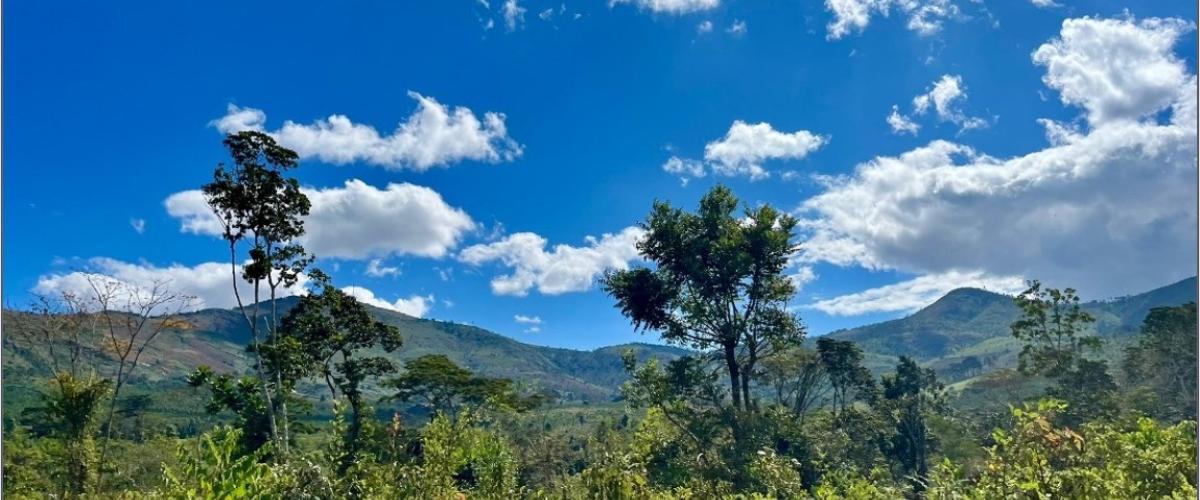
Guy Bowden
Mulunguzi Catchment
Lake Chilwa Basin, Malawi
Phase: Pre-feasibility
Water Security Challenge: Water Quantity
The project aims to explore the potential for a Catchment Investment Program (CIP) in the Mulunguzi Catchment, which will deploy a portfolio of Nature-based Solutions and harness collective action to provide water security and other conservation values to Zomba City and the surrounding areas. The project is a pre-feasibility study that highlights key findings that lead to a go or no-go recommendation to move forward into a more detailed feasibility study for the catchment and potentially neighboring catchments of Lake Chilwa (586k ha) and Domasi (37.7k ha), as well as recommended next steps and ways in which work in the area can be taken forward. This assessment will also include consideration for a regional approach by looking into combining a the Mulunguzi and Blantyre/Mulanje CIPs.
East Anglia, England
Norfolk Water Fund
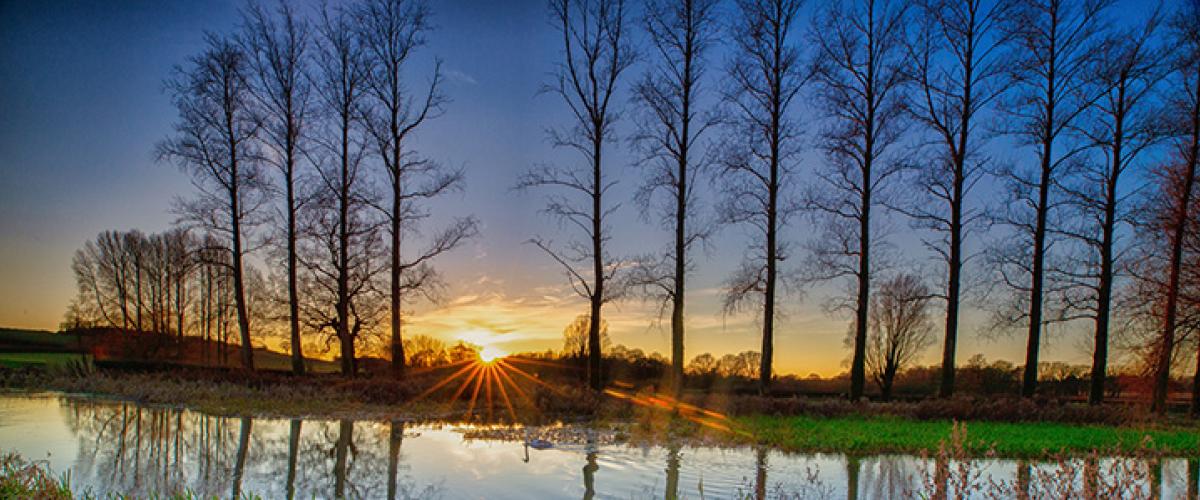
Norfolk River- Paul Stearman 2020
Norfolk Water Fund
Norfolk County, East Anglia, England
Phase: Execution
Nature-based Solutions: Agricultural BMPs
Water Security Challenge: Water Quality
Nature for Water supported the Norfolk Water Strategy Programme with the feasibility phase of the project and prepared the set-up of a collective action platform (the Norfolk Water Hub) and of a water fund (the Norfolk Water Fund). This project focused on (i) prioritizing NbS,(ii) developing a business model, and (iii) designing a long-term funding strategy.
The engagement was divided into two tranches:
- Water Quality and Nutrient neutrality offsets as potential revenue streams
- Broadening the scope of the fund to tackle challenges related to water resources.
Website: WRE Project Information
United States
Recharge Net Metering (ReNeM)

Recharge Net Metering (ReNeM)
Region: Pajaro Valley (near City of Watsonville) , United States
Phase: Design
Nature-based Solutions: Managed Aquifer Recharge
Water Security Challenge: Groundwater recharge
Recharge Net Metering (ReNeM) is a market-based incentive structure that encourages landowners to participate in groundwater recharge. It coordinates payments to those who contribute to recharge (e.g., by infiltrating floodwater), based on third-party measurements of achieved infiltration. In California’s Pajaro Valley (PV), UCSC and the Resource Conservation District of Santa Cruz County have partnered with stakeholders to develop a ReNeM model that compensates landowners for groundwater recharge by reducing their groundwater pumping fees. Nature for Water is supporting a scale-up strategy, designing a two-phase approach: i) A more intense first phase culminating in the delivery and launch of a Business Plan; ii) A second phase focused on marketing and refining the ReNeM concept with stakeholders and potential funders.
United States
Rio Grande Water Fund
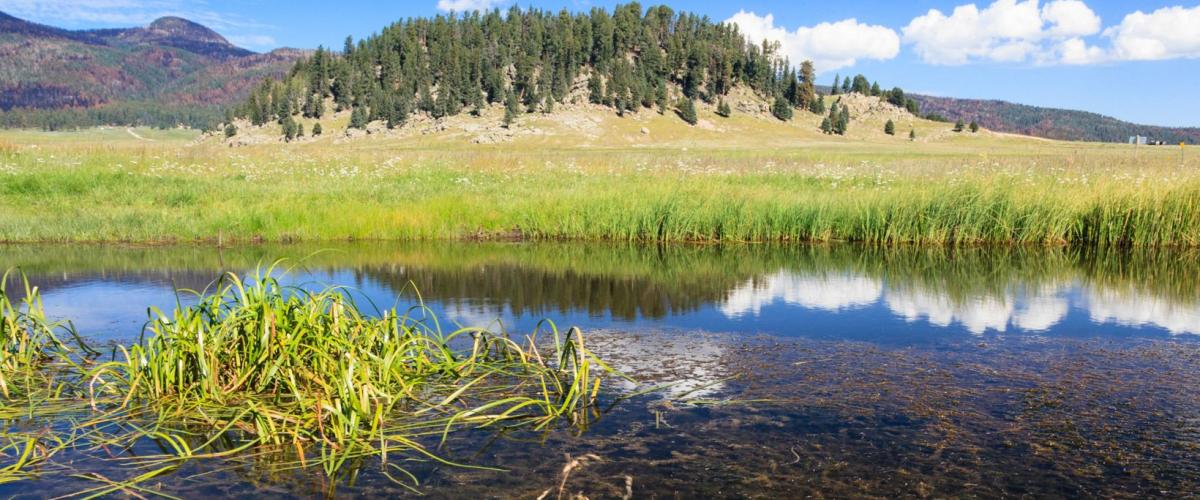
Rio Grande Water Fund
New Mexico, United States
Phase: Design
Nature-based Solutions: Forestry BMP's
Water Security Challenge: Erosion and Sediment
Established in 2014, the Rio Grande Water Fund (the “RGWF”) was set up to protect the storage, delivery and quality of water in the Rio Grande through forest restoration treatments that reduce wildfire risk. Over the last 9 years of RGWF’s operation, the RGWF and the landscape of the Rio Grande Watershed have changed. Funding was focused on specific parts of the watershed’s geography and did not meet intended scale of RGWF’s operations. RGWF wants to review its program, better leverage potential sustainable funding sources and align it to the program’s intended scale and review the governance regime to meet its new needs.
Argentina
Río Mendoza Water Fund
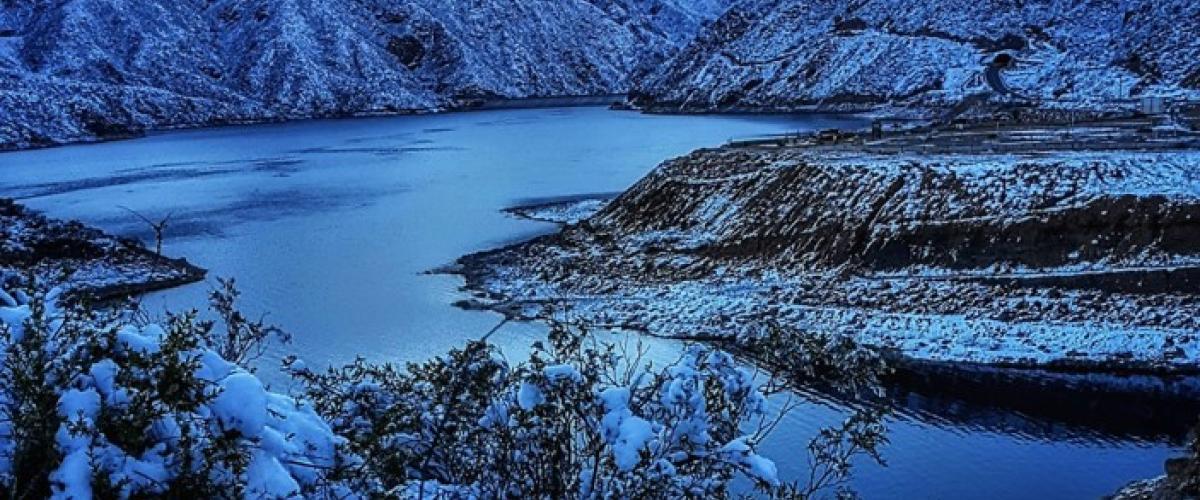
Manuel Romero, Potrerillos Dam near Lujan de Cuyo, Mendoza, Argentina
Río Mendoza Water Fund
Mendoza, Argentina
Phase: Feasibility
Nature-based Solutions: Protection and restoration of Wetlands through the removal of Invasive Species Removal
Water Security Challenge: Erosion and Sediment
The Fondo de Agua del Río Mendoza (FARM) is a collaborative endeavor involving both private enterprises and the public sector, with the primary goal of enhancing water security within the basin. FARM has put forth a request for assistance in strategically prioritizing its Nature-based Solutions (NbS) portfolio to optimize benefits for the region. This prioritization is intended to foster deeper engagement with partners and establish sustainable financial mechanisms to expedite implementation efforts. N4W (Nature for Water) has been enlisted to provide technical support for this endeavor. N4W´s technical support involves assessing the impact of the selected NbS, crafting a sustainable business case to support them, and outlining a comprehensive Best Management Practices Strategy. This strategy will provide guidance on the role FARM´s role in bolstering the crucial agriculture sector within the basin. These collaborative efforts are aimed at enhancing FARM's effectiveness in promoting water security throughout the Mendoza River Basin, ensuring a sustainable future for both the environment and the communities reliant on its resources.
Maine
Sebago Clean Waters
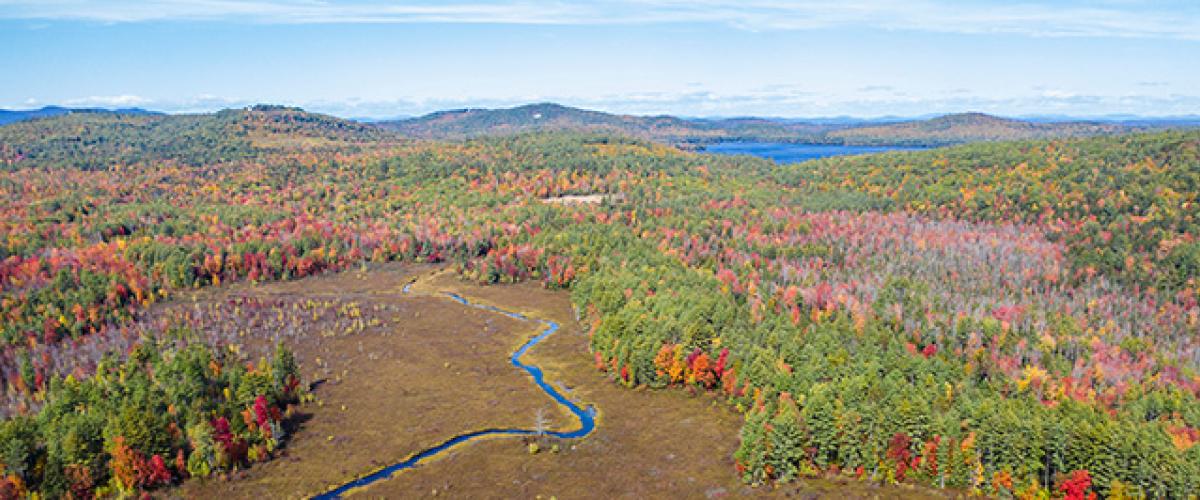
Wetlands of Sebago Lake- Jerry Monkman
Sebago Clean Waters
Sebago Lake, Maine
Phase: Feasibility/ Design
Nature-based Solutions: Forestry BMP's ,Land Protection, Passive Restoration
Water Security Challenge: Water Quality
Sebago Clean Waters (SCW) aims to conserve 25% of the Sebago Lake watershed by 2032 (an additional 35,000 acres of forest compared to 2017) to protect water quality in Sebago Lake and provide other co-benefits. N4W's objective is to help advance and accelerate SCW's conservation work through the development of a fundraising strategy for SCW, and the delivery of related financial analysis.
This will involve mapping the funding landscape including the public sector sources (ie federal and state) as well as private sector and carbon credit systems. These funding streams will then be addressed, alongside a review of current funders, to best determine which opportunities SCW should prioritize moving forward. A strategy will then be developed for engaging with each of the prioritized funder types; and then discussed and affirmed with SCW and its partners.
Website: Sebago Clean Water Website
Tanzania
Tanga Water Fund
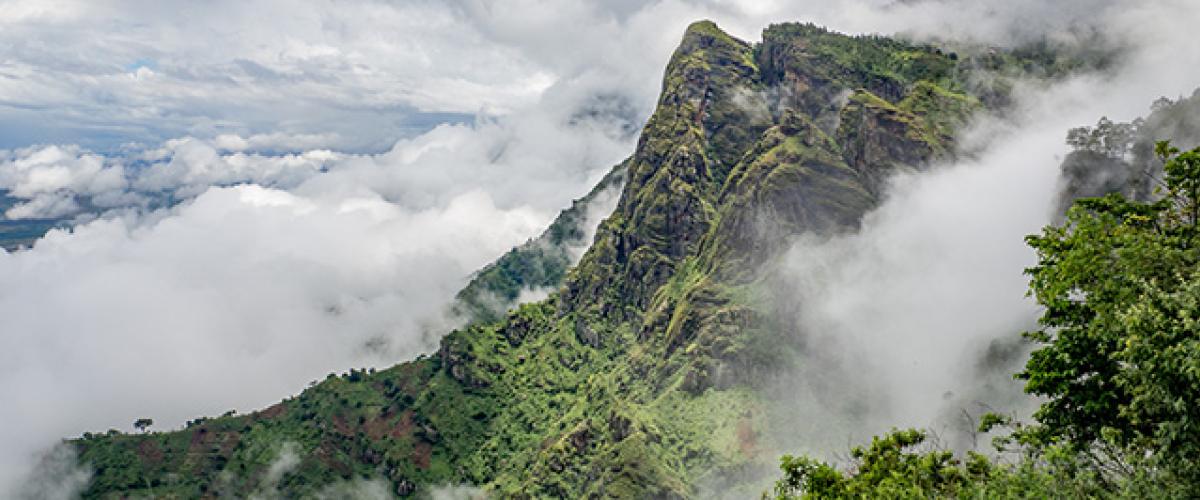
Usambara Mountains - Matthais Mollner
Tanga Water Fund
Tanga, Tanzania
Phase: Feasibility
Nature-based Solutions: Agricultural BMPs
Water Security Challenge: Water Quality
Tanga city relies almost exclusively on the Zigi river for its domestic, commercial, and industrial water needs. Its headwaters emanate from the East Usambara Mountains, which are globally recognized for their exceptional biodiversity and species endemism. However, land-use changes due to human expansion have led to the deterioration of water quality. Sustainable land- management practices will improve water quality while also enhancing livlihoods and reduce pressure on ecosystems.
In 2020, TNC performed a study for the implementation of a water fund in Tanga, leading to the creation of a steering committee composed by local stakeholders, as well as the implementation of pilot projects.
N4W is leveraging this work to support local stakeholders with the creation of a feasibility and design study that will (i) prioritize NbS, (ii) design a long-term funding strategy, (iii)recommend the best suited legal and governance arrangements for the water fund, (iv) assess the local capacity building needs for the implementation of the identified NbS, and (v) design a implementation and monitoring and evaluation strategy.
Nigeria
The Coca Cola Company Nigeria
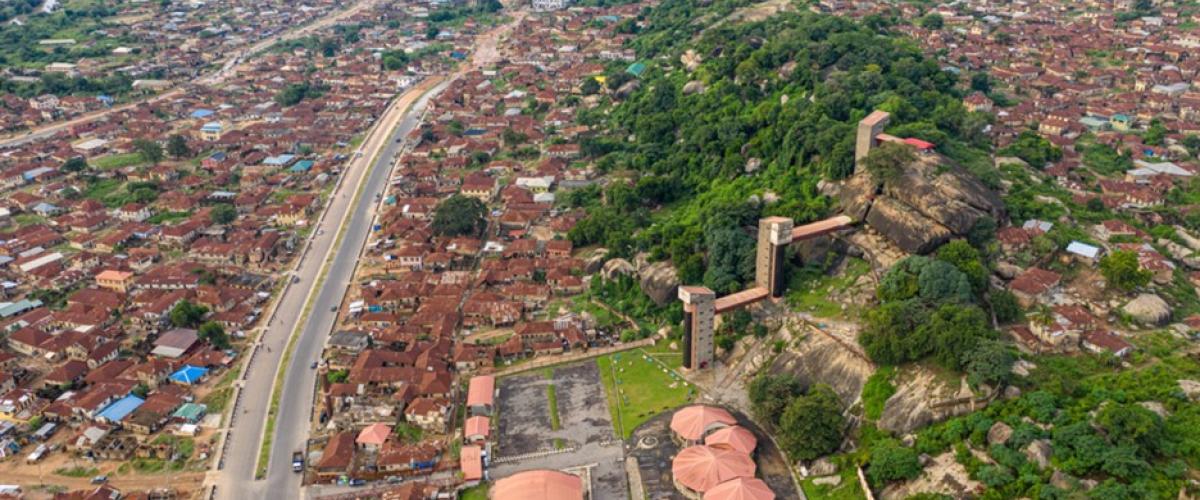
The Coca Cola Company Nigeria
Ogun and Osun Catchments, Nigeria
Phase: Pre-feasibility
Nature-based Solutions: Wetland and floodplain restoration, riparian restoration, check dams, remediation of old mining sites, forest restoration and protection
Water Security Challenge: Flooding and Water Availability, Water Quality
The aim of this study is to conduct high-level analysis to understand the possibility of setting up a Watershed Investment Program in the Ogun and Osun catchment, or potentially in other areas of Nigeria. Nature for Water will support in an initial assessment that will help justify whether it is worthwhile investing in additional analysis, structured as a formal “feasibility study” and if so, what the study should be conducted on. The study has two main objectives, i) Conduct a Pre-feasibility study of the Ogu and Osun catchment, and ii) Conduct a national assessment comparing other strategic catchments in Nigeria by means of a Multi-Criteria Analysis to identify any low hanging fruit and opportunities for a potential WIP.
South Africa
Upper uThukela Water Fund
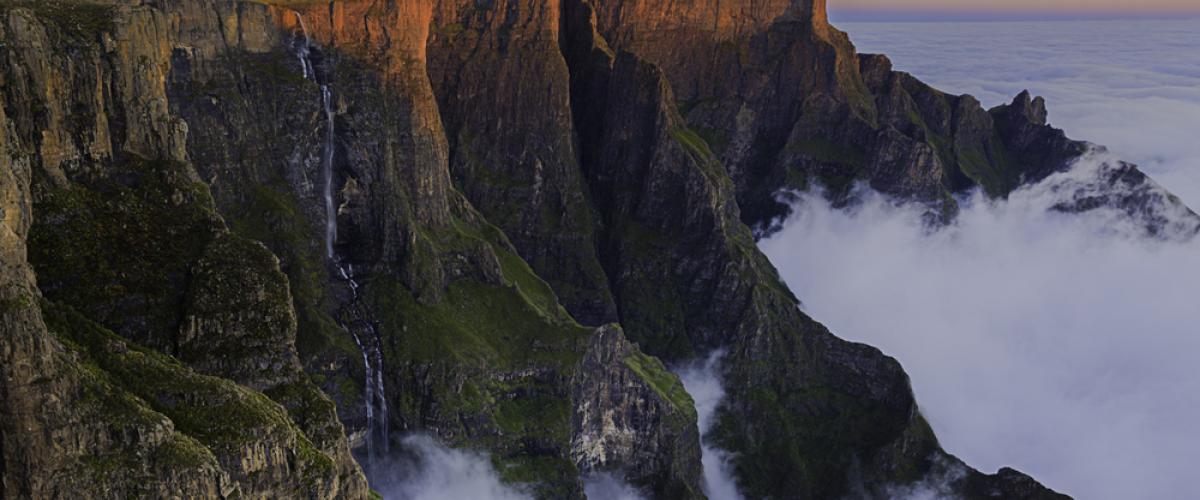
Upper uThukela Water Fund
KwaZulu-Natal, South Africa
Phase: Feasibility
Nature-based Solutions: Invasive Species Removal
Water Security Challenge: Water Quantity
Nature for Water is supporting WildTrust and The Nature Conservancy (TNC) in the undertaking of a Feasibility Study for the establishment of a Water Fund, in the upper uThukela River catchment. The Water Fund aims to develop nature-based solutions and sustainable interventions to address prioritized sub-catchments in the upper basin, to map and involve invested and effected stakeholders and partners, and to develop and present, with supporting evidence, the feasibility of the identified interventions through comparison of the long-term benefits against the business-as-usual approach, showcasing both the value and the necessity of the development of an effectively governed Fund.
United Kingdom
Warwickshire Avon
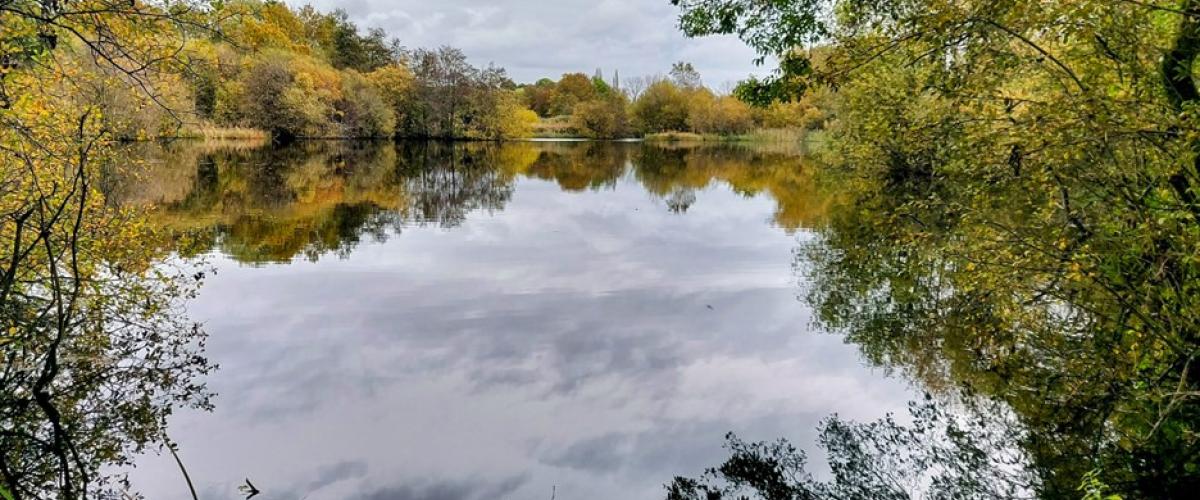
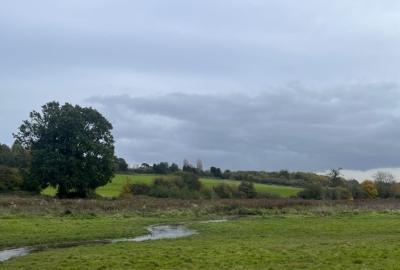
Warwickshire Avon
Warwickshire, United Kingdom
Phase: Feasibility
Nature-based Solutions: Natural Flood Management, Active Restoration, Riparian Restoration
Water Security Challenge: Flood risk, Nutrients & pollutants
A consortium of partners, including the Warwickshire Wildlife Trust (WWT), the Warwickshire County Council, Severn Trent (the regional utility), and the Environment Agency, has joined forces with the aim of scaling Nature-based Solutions (NbS) in the Warwickshire Avon to enhance water resilience. While these partners have individually implemented NbS initiatives in the past, they are now seeking a more cohesive and coordinated approach at the catchment level. To realize this vision, the consortium must identify new and sustainable funding sources to facilitate the expansion of NbS implementation on a larger scale.
Nature for Water is actively supporting the consortium in identifying priority areas that align with the objectives of all partners. Additionally, Nature for Water is engaged in developing a comprehensive Business Case that will transform existing analyses into an attractive proposition for potential investors. This analysis will encompass a wide range of metrics, including those related to flooding, water quantity, and water quality, to fully capture the holistic benefits of NbS.
Kenya
Women in Water and Natural Resources Conservation (WWANC)
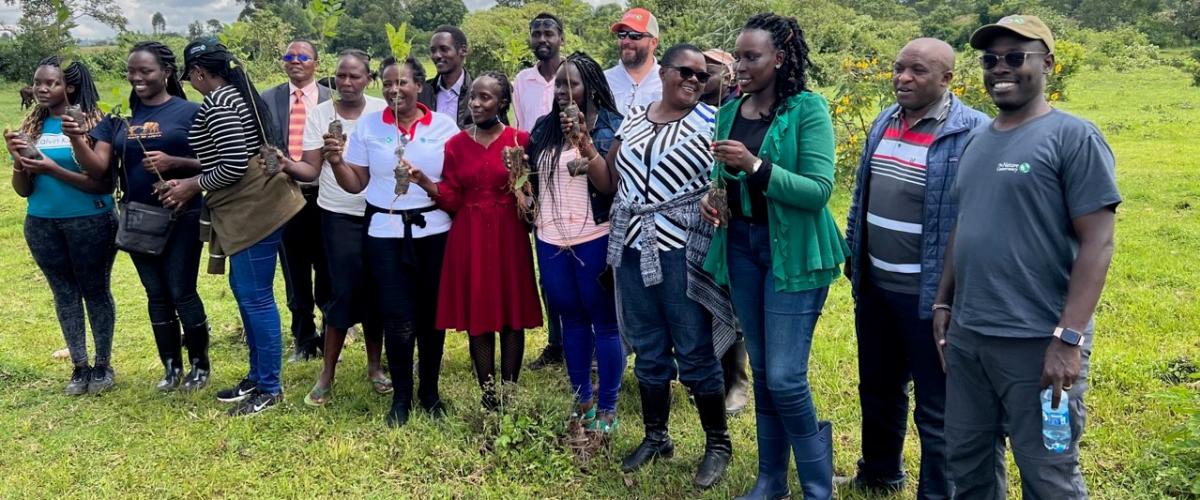
TNC and WWANC in Kenya- Douglas Nyolei
Women in Water and Natural Resources Conservation (WWANC)
The Yala River Catchment, Kenya
Phase: Feasibility
Nature-based Solutions: Agricultural BMPs
Water Security Challenge: Dry Season Flows, Groundwater Recharge
WWANC has mobilized a set of key stakeholders into a steering committee to encourage better custodianship and more effective management of the Yala River Catchment and the water and natural resources it hosts. N4W is supporting WWANC and their steering committee with a Feasibility study and Business Case development to focus their WIP on the most impactful NbS, guide effective implementation, and support the design of a sustainable funding and governance arrangement.
Website: WWANC LinkedIn
Dominican Republic
Yaque del Norte

Shutterstock
Yaque del Norte
Upper Basin of the Yaque del Norte River, Dominican Republic, Dominican Republic
Phase: Pre-feasibility
Nature-based Solutions: Conservation, Active Restoration, Passive Restoration, Agricultural BMPs, Best Livestock Practices
Water Security Challenge: Erosion & Sediment, Nutrients & Pollutants, Climate Change
N4W is collaborating with Fondo de Agua Yaque del Norte to undertake the following initiatives in the Upper Yaque del Norte River Basin: i) Catalog of Nature-Based Solutions: Developing a comprehensive catalog of nature-based solutions; ii) Quantitative and Qualitative Hydrological Modeling: Analyzing the water-related benefits associated with NbS. Iii) Cost-Benefit Analysis: Evaluating the cost-effectiveness of the NbS portfolio considered in the model. These studies aim to enhance water management and conservation in the region.
Website: Fondo de Agua Yaque del Norte
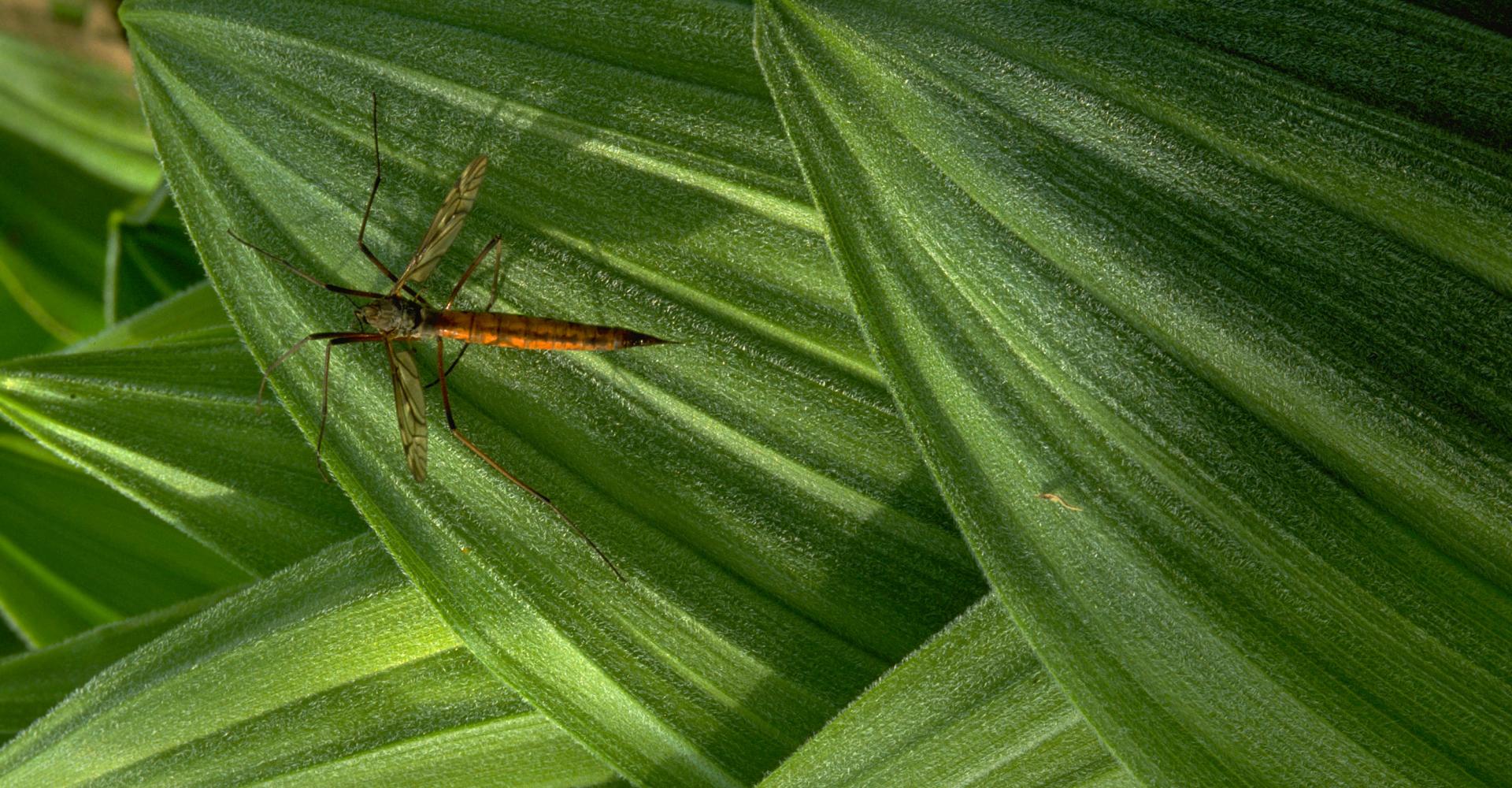
© TNC

